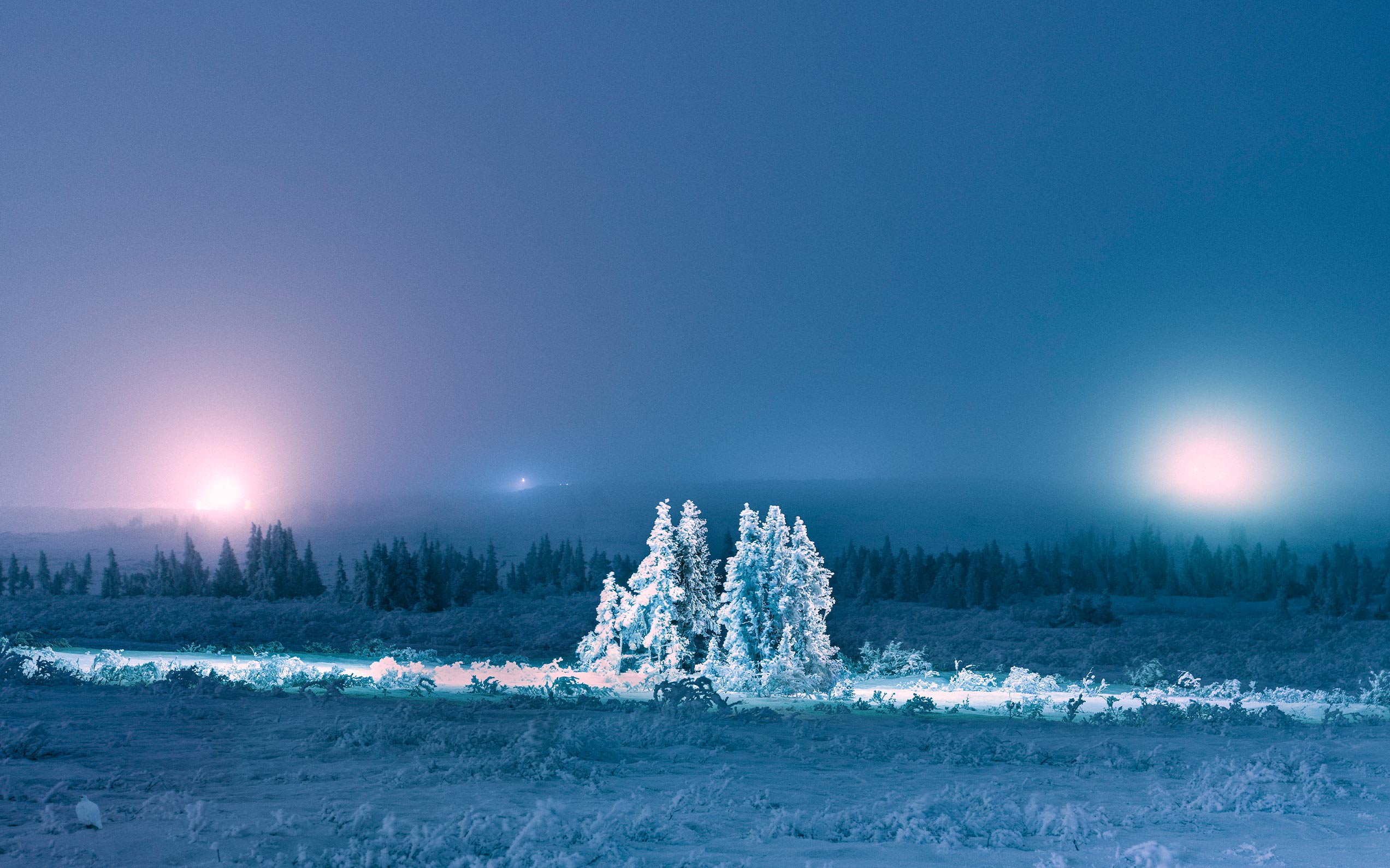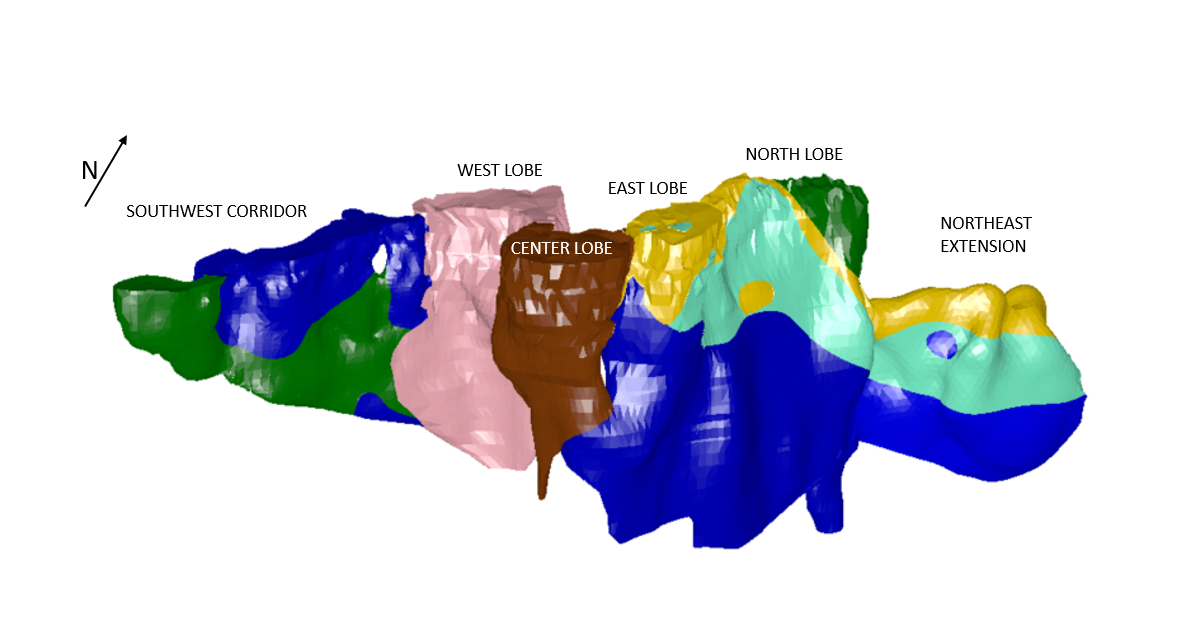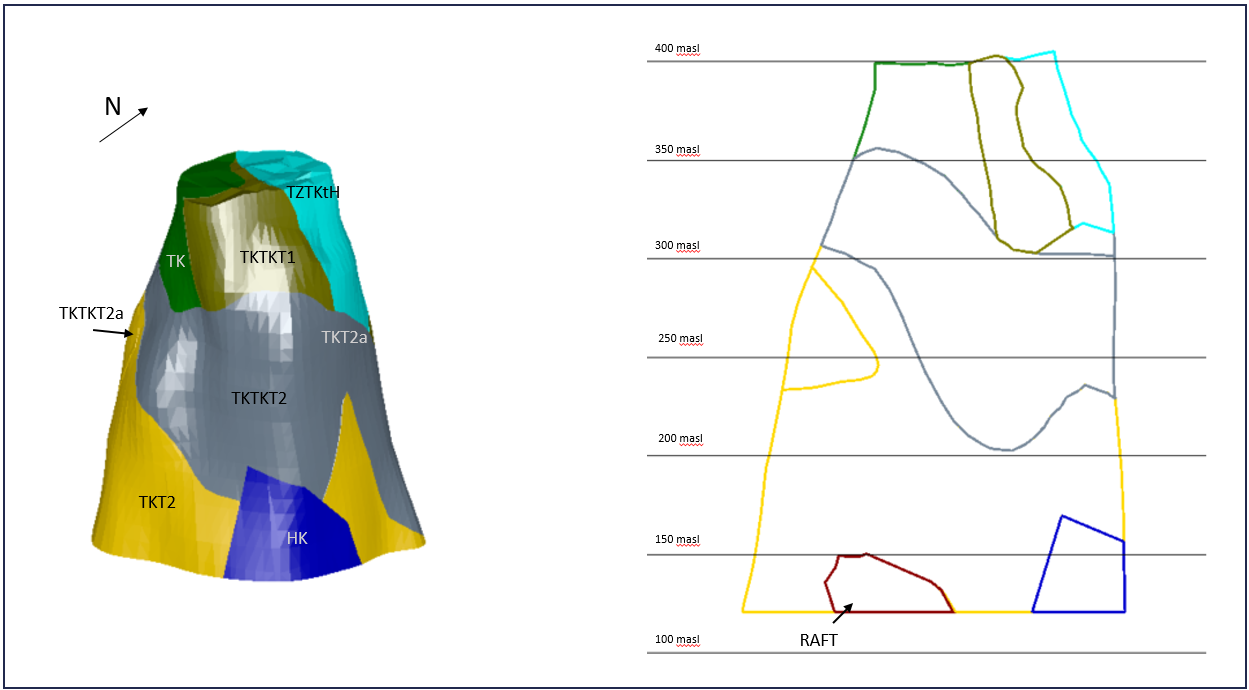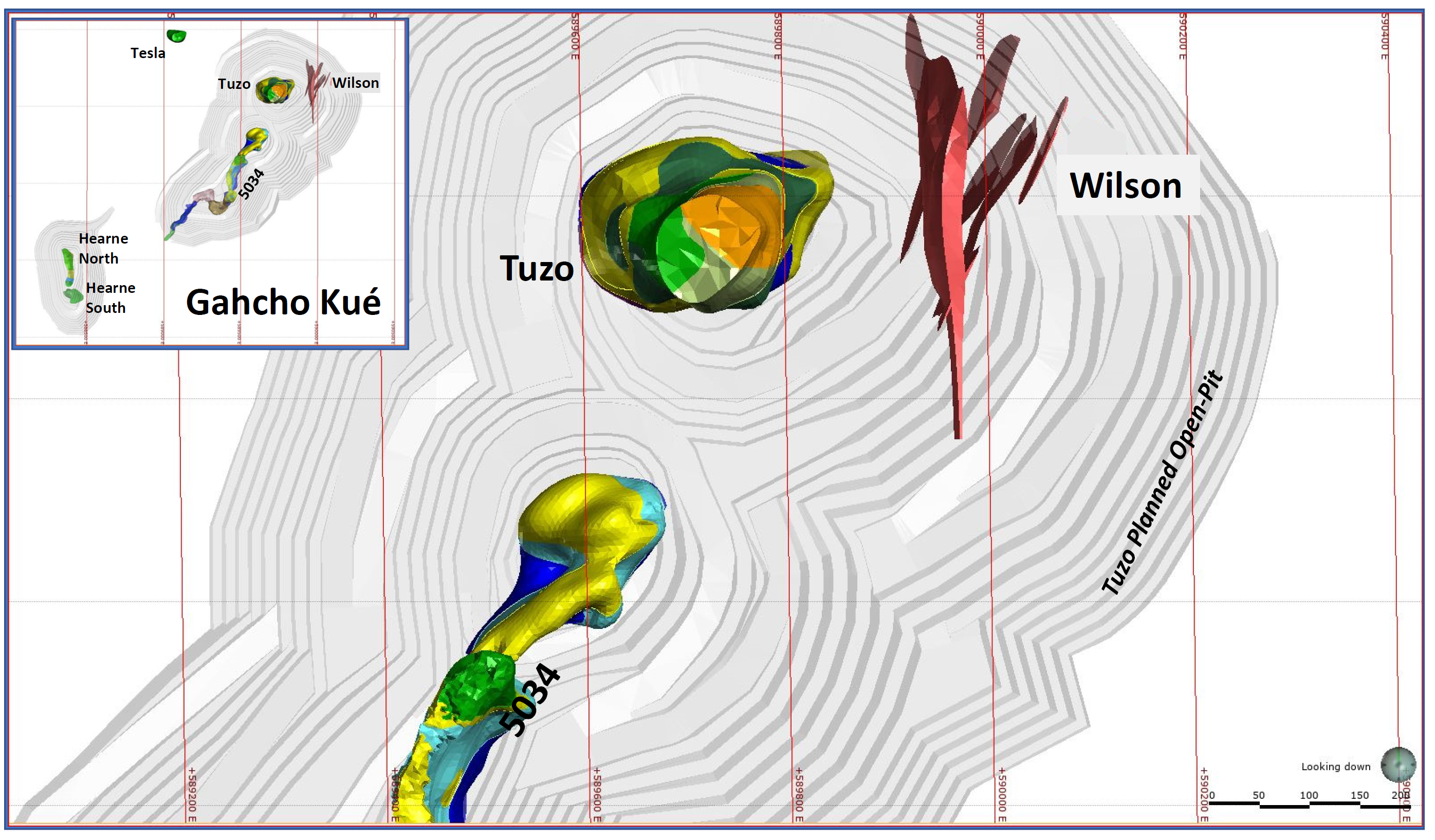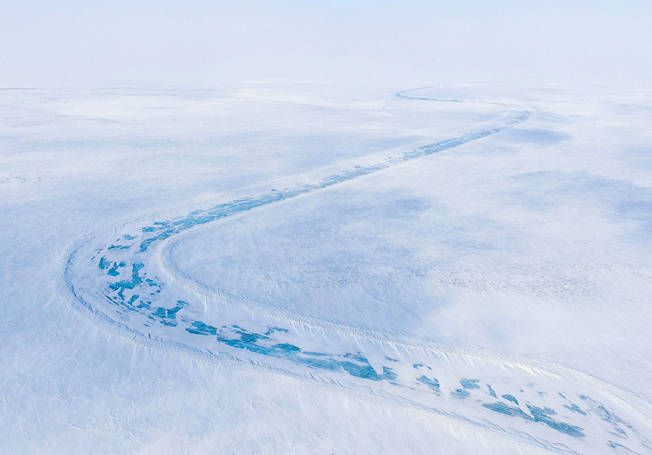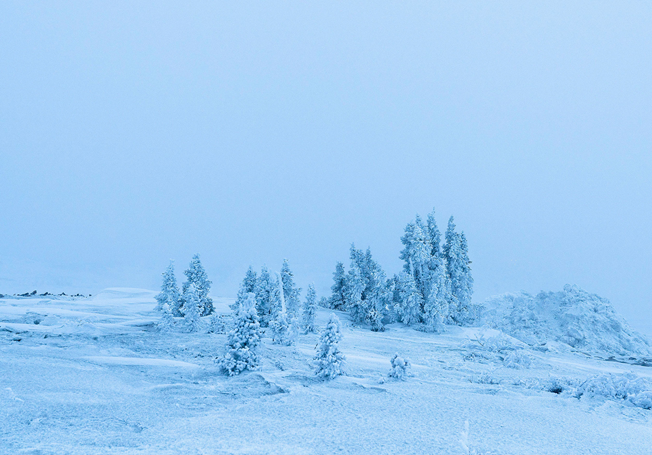The Gahcho Kué diamond mine is a joint venture between Mountain Province Diamonds, which owns 49% of the project, and De Beers Canada, which holds a 51% interest and is the mine’s operator.
Category 2 - Two layered pictures
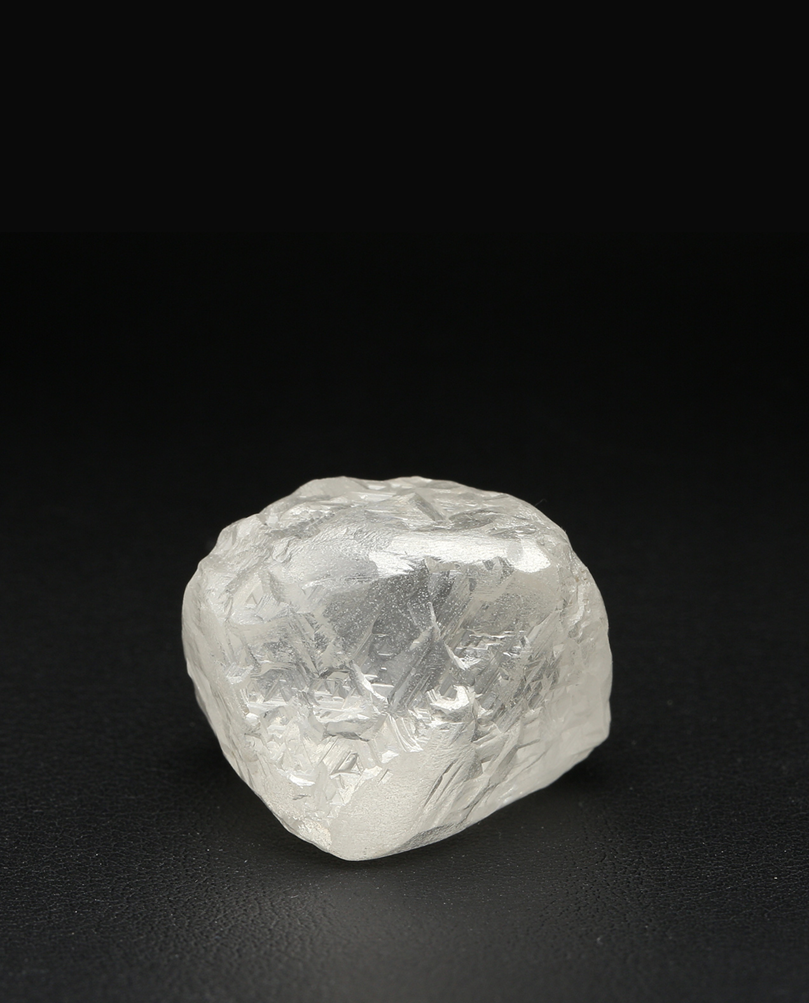 |
91.40 Carat Rough Diamond |
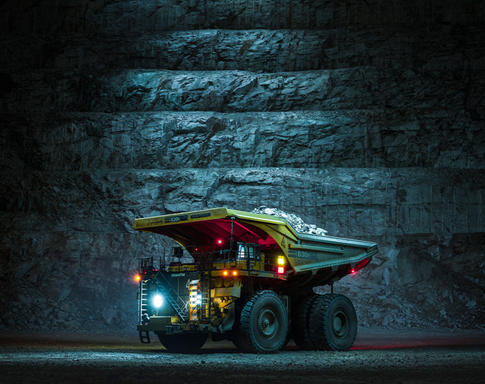 |
Category 3 - Three Column text
The joint venture property is located in the Northwest Territories of Canada, 300 km east-northeast of Yellowknife, on the traditional territories of Tłįchǫ, Dene, and Métis people. The mine site lies on the edge of the continuous permafrost zone in an area known as the barren lands due to its lack of forests.
The surface is characterised as heath/tundra, with occasional knolls, bedrock outcrops, and localised surface depressions interspersed with lakes. A thin, discontinuous cover of organic and mineral soil overlies bedrock, which typically occurs within a few metres of surface. Small stands of stunted spruce dot the area. Numerous lakes cover the landscape. Kennady Lake, under which the kimberlites were discovered, is a local headwater lake with a minimal catchment area.
Category 5 - Three Column text
Five kimberlites comprise the Gahcho Kué Mine area; 5034, Hearne, Tuzo, Wilson and Tesla. The 5034 kimberlite is an irregular hypabyssal root zone. All of the kimberlites have steep contacts with the country rock. Hearne and Tesla are transitional diatremes and root zones. Tuzo is the deeper part of a diatreme zone. At present, Tesla is not included in the Gahcho Kué mineable resource because of its relatively small size (0.4 ha). However, it may be exploited towards the end of the project life. The recently discovered Wilson kimberlite is a very small body, but lies within the projected open pit area of Tuzo.
At Gahcho Kué, three kimberlites are being mined in a sequence that maximizes the value of the contained diamonds. Mining began with the 5034 kimberlite, followed by Hearne, and will later incorporate ore from Tuzo, with production from all three pits overlapping at times. The recently discovered Wilson pipe lies well within the open pit mine plan for Tuzo.
The 5034 kimberlite was the first body discovered in the project area. It has a sinuous shape due to its emplacement along intersecting vertical faults in the area. The kimberlite walls are consequently very steep in their contacts with country rocks, through which they were emplaced.
There are four lobes in the kimberlite; the West Lobe, Center Lobe, East Lobe, and the Northeast Lobe. There are also two new portions called the Southwest Corridor and Northeast Extension that were discovered since 2017. Within each lobe and extension, the kimberlite varies from kimberlite breccia (mixed with broken country rock) to hypabyssal kimberlite (mixed with very small to no amount of country rock). In 2016, the 5034 Central Lobe was the first kimberlite to be mined at Gahcho Kué.
The image below shows a 3D model of 5034, with hypabyssal kimberlites shown in blues and breccias shown in the other colors.
Hearne was initially believed to be two separate lobes, but drilling in 2018 has shown that these bodies are connected and represent a single body. This body has smooth, steep-sided walls, and covers an area of about 1.5 ha. At surface, Hearne measures a maximum of 380 m x 90 m from north to south with its largest width occurring at the south end in the former south pipe. Average widths are approximately 40 m at surface. Hearne North is mostly hypabyssal kimberlite and kimberlite breccia. Mining commenced at Hearne in 2018.
The image below shows a 3D model of Hearne, with a plan view outline on the right. Internal lithologies are represented by different labels with ‘T’ if they are breccias, and ‘H’ if they are hypabyssal.
The Tuzo kimberlite is roughly elliptical in shape with steep sides that tilt inward toward the surface. It is subdivided into four main lithologies and is comprised mostly of kimberlite breccias, with minor hypabyssal areas mostly at the bottom. The contacts between different lithologies are not as sharp as in the other bodies, and minor zones of hypabyssal kimberlite are noted throughout the body. Mining is expected to begin at Tuzo in late 2020.
The image below shows a 3D model of Tuzo, with a sectional view outline on the right. Internal lithologies are represented by different labels with ‘T’ if they are breccias, and ‘H’ if they are hypabyssal.
The Wilson kimberlite was discovered during an exploration drilling program that was drill-testing geophysical and historical drilling anomalies in the area surrounding the Gahcho Kué kimberlites. Further drilling confirmed that it consists of a main body of subvertical hypabyssal kimberlite and kimberlite breccia with adjacent subvertical kimberlite dykes. The drilling also confirmed that the kimberlite does not connect to Tuzo, which makes Wilson the first new kimberlite discovery at Gahcho Kué in 20 years. Wilson lies within the boundaries of the planned Tuzo open pit, and portions of it will contribute to the life of mine at Gahcho Kué.
The location of the Wilson kimberlite relative to other kimberlites in the Gahcho Kué mine plan is provided in the image below. The gray area represents the planned open pit extent for the Tuzo kimberlite.
There are several smaller kimberlites that are not presently part of the mine plan. These include Curie, a small kimberlite blow feature connected to the Dunn Sheet, which is a northeast-trending shallow-dipping kimberlite dyke located just northwest of the Hearne-5034-Tuzo kimberlite trend.
The summaries provided above are designed to gain an overview of the Assets at the Gahcho Kué Mine. For more detailed information, please access the NI 43-101 Technical Reports on www.sedar.com, or download them from the links provided below.
Gahcho Kue Mine NI 43-101 Technical Report - March 28 2022
Gahcho Kue Mine NI 43-101 Technical Report - March 1 2020
Gahcho Kue Mine NI 43-101 Technical Report - March 16 2018
Gahcho Kue Mine NI 43-101 Technical Report - March 31 2014
Category 6 - Single Left Photo
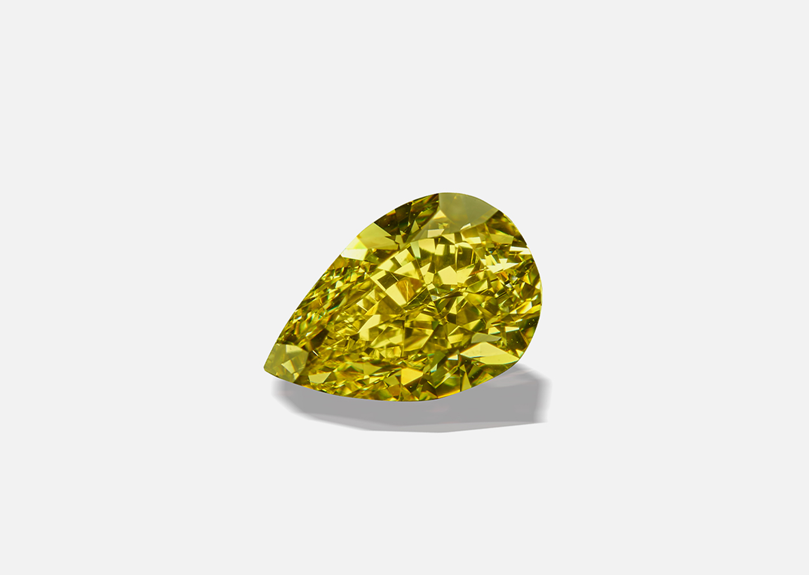 |
Category 7 - Three Column text
Category 8 - full width photo/small overlapping
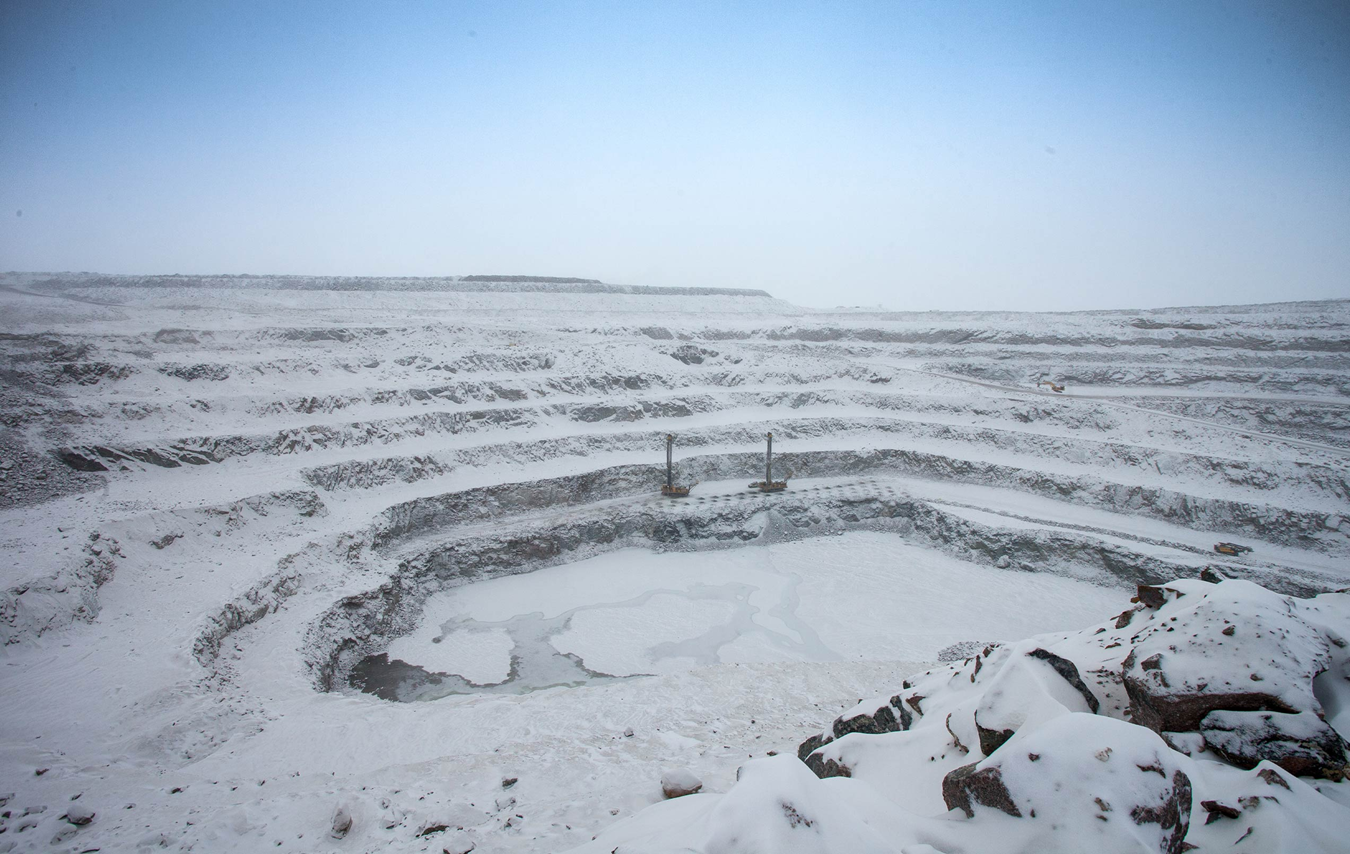 |
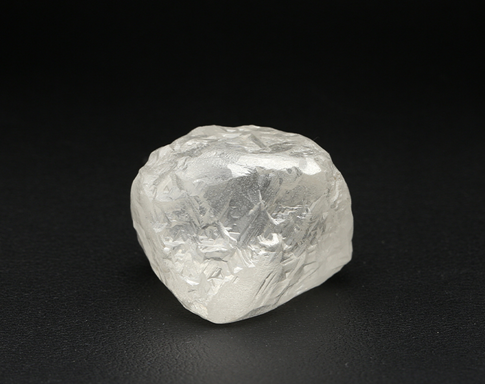 |
91.40 Carat Rough Diamond |
Category 9 - Three Column text
Category 10 - Three Column text
Sign up to our Newsletter for the latest news and press notifications sent directly to your email.
